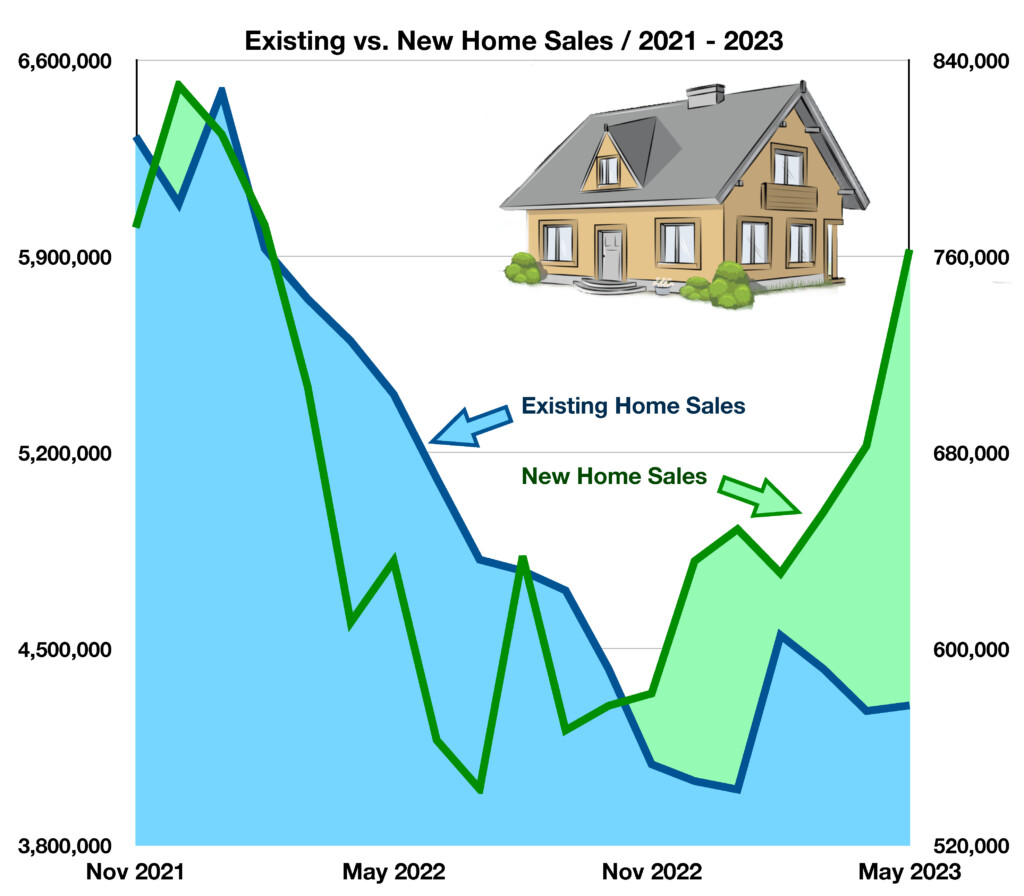
Robert Krueger
Alexander Randolph Advisory Inc.
8200 Greensboro Drive, Suite 1125
McLean, VA 22102
703.734.1507
Stock Indices:
| Dow Jones | 47,716 |
| S&P 500 | 6,849 |
| Nasdaq | 23,365 |
Bond Sector Yields:
| 2 Yr Treasury | 3.47% |
| 10 Yr Treasury | 4.02% |
| 10 Yr Municipal | 2.74% |
| High Yield | 6.58% |
YTD Market Returns:
| Dow Jones | 12.16% |
| S&P 500 | 16.45% |
| Nasdaq | 21.00% |
| MSCI-EAFE | 24.26% |
| MSCI-Europe | 27.07% |
| MSCI-Emg Asia | 26.34% |
| MSCI-Emg Mkt | 27.10% |
| US Agg Bond | 7.46% |
| US Corp Bond | 7.99% |
| US Gov’t Bond | 7.17% |
Commodity Prices:
| Gold | 4,253 |
| Silver | 57.20 |
| Oil (WTI) | 59.53 |
Currencies:
| Dollar / Euro | 1.15 |
| Dollar / Pound | 1.32 |
| Yen / Dollar | 156.21 |
| Canadian /Dollar | 0.71 |
Macro Overview
Equity markets reacted to uncertainty in June as major indices saw an increase in volatility. Earnings continue to be a critical focal point as companies struggle to maintain elevated prices while consumer confidence has begun to erode.
The Federal Reserve has essentially signaled that it is more concerned about combating inflation than the negative consequences of continued rising rates on the economy.
A growing discussion among economists is whether or not the economy will experience a soft landing, meaning that the recent Fed rate increases will not evolve into a recession. Should a recession result, economists view such an environment as a hard landing, which is when job expansion and economic growth are hindered.
Once each year, the Federal Reserve conducts a test to assess how large banks are likely to perform under hypothetical economic conditions. The results of the most recent tests revealed that all the major banking institutions passed this year’s stress test. The tests assumed a hypothetical 10% unemployment rate and a 40% drop in commercial real estate prices.
Yields on short-term bonds rose in June as the Fed indicated that it intends to raise rates at least two more instances this year. Longer-term bond yields remained below shorter-term bond yields as confidence in future economic growth faltered.
Inflation expectations among consumers continue to dissipate worldwide, as inflation expectations throughout European and Pacific Rim countries head downward. The Federal Reserve Bank of Atlanta projects a decrease in GDP growth in the U.S. as domestic economic growth recedes.
The average age in the U.S. increased to a historic high in 2022, reaching a median age of 38.9 years. The average age has steadily risen over the past decades, primarily due to declining birth rates coupled with longer life spans over the past 20 years.
Sources: Federal Reserve Bank of the United States, Federal Reserve Bank of Atlanta, U.S. Census Bureau
